To mark its 125th anniversary, the School's annual distinguished lecture — The John R. and Donna S. Hall Engineering Lecture — becomes a special series bringing four notable engineering leaders to campus, one each in October, November, January and March. A kick-off birthday party in September launches the celebration. A special Engineering Celebration Dinner is set for October 20 during the university's reunion weekend. National Engineers Week in February will offer a number of opportunities for students and local alumni to celebrate, too. In May, we'll wrap up with a special party for engineering faculty and staff.
Vanderbilt University School of Engineering is moving to the next level after 125 years of growth and transformation. Its alumni, students, parents, faculty, staff and friends have much to celebrate and a strong foundation on which to build for the future. Here's to the next 125 years.
1880's
1886: Vanderbilt University Board of Trust voted to create the Engineering Department.
1886: Olin H. Landreth appointed dean of the Engineering Department, 1886-1894.
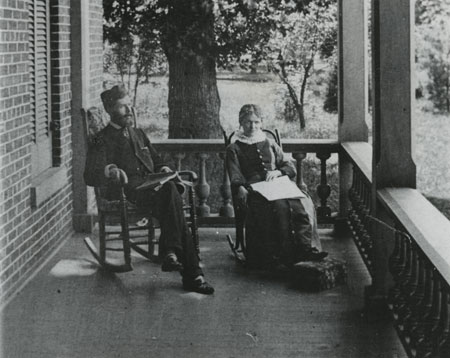
January 1888: Cornelius Vanderbilt donates $30,000 to build the Mechanical Engineering Building.
January 1888: Cornelius Vanderbilt, grandson of the Commodore, donates $30,000 to enlarge the university library and to build the Mechanical Engineering Building.
Cornelius Vanderbilt donates $30,000 to build the Mechanical Engineering Building.
May 9, 1888: Cornerstone of Mechanical Engineering Hall is laid.
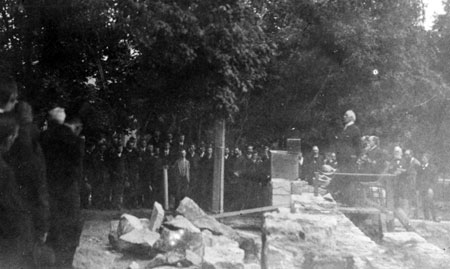
Cornerstone of Mechanical Engineering Hall is laid. Ceremony is attended by members of the American Society of Mechanical Engineers, which was holding a session in Nashville.
1889: Engineering divided into three departments: civil engineering, mechanical engineering and mining engineering.
1890's
1894: Department of Electrical Engineering formed.
1895: William H. Schuerman named dean and serves 37 years.
1898: Drastic decline in engineering enrollment, which bottoms out at 18.
1899: Facilities for instruction in steam engineering enlarged and electric generating capacity is increased. John Lawrence is employed as electrician and assumes all shop instruction.
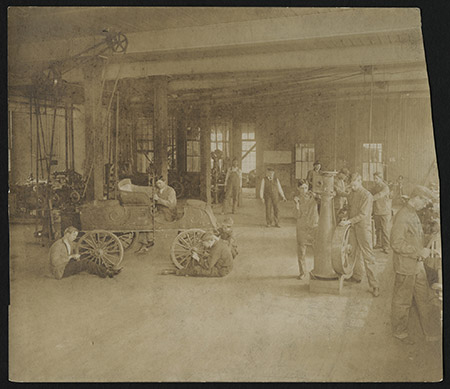
1900's
1903: Department of Chemical Engineering is created.
1910's
1915: Board of Trust officially renames Engineering Department to School of Engineering.
1920's
1920s: Engineering profited from rising enrollments of the 1920s reaching a high of 169 students in 1929-1930. But only a disappointing small percentage of its students ever graduated: twelve in 1927, nine in 1928.
1927: Fred J. Lewis starts a summer school for surveying at Bon Air Mountain, the new Cumberland Mountain branch of the campus. The camp was sold in 1960 after Lewis' death.
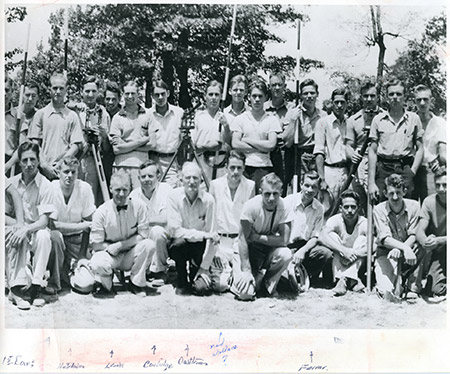
1928: Paul A. Cushman establishes the first student chapter of A.S.M.E.
1930's
1930s: A special course for sanitation officers paid for by the U.S. Department of Public Health is introduced during the depths of depression. It continued into the war years.
1933: Fred J. Lewis is named dean, 1933-1958. Lewis didn't have a national reputation as an engineer, but in Kirkland's terms he could "conserve what we have, prudently and faithfully."
1935: Faculty vetoed an ROTC unit on campus. In 1937, the army approved an ROTC unit for the Medical School, the only military organization on campus at the time of Pearl Harbor.
1939: Civil engineering, electrical engineering and mechanical engineering curricula are accredited by E.C.P.D.
1940's
1940s: Post Pearl Harbor, the faculty tried almost desperately to retain students by revising admission requirements thus eliminating the foreign language requirement, establishing a summer school to allow for a three-year program and admitted and graduated students each quarter.
1945: Chemical engineering student Vera Jane Jones is the first woman to receive a B.E. from the School.
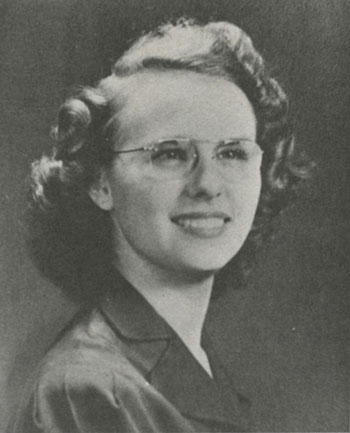
1946: Tennessee chapter of Tau Beta Pi is installed, replacing Tau Delta.
1946: First master of science degrees bestowed in chemical engineering.
1950's
1950: New Engineering Hall completed. It houses all offices and classrooms, but chemical and mechanical engineering laboratories remain in old quarters.
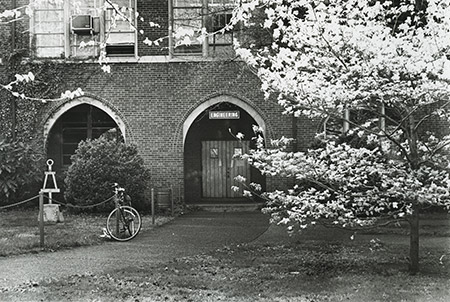
1952: Chemical engineering is accredited by E.C. P.D.
1958: Mechanical engineering wing is added to Engineering Hall.
1958: William H. Rowan employed as acting dean of the School of Engineering, 1958-1960.
1960's
1960: Robert S. Rowe appointed dean, 1960-1970.

1961: The School boasts an undergraduate enrollment of 661 with 17 graduate students.
1961-1962: Sponsored research funding for the School reaches $347,000.
1967: Engineering Science division created to administer the interdisciplinary programs.
1968: School of Engineering starts Biomedical Engineering division.
1969: Wing added to the building to house biomedical engineering and materials science and engineering.
1969: Moses Taylor is the first African-American to receive B.E. degree from the School.
1970's
1970: Paul Harrawood employed as acting dean, 1970.
1971: Howard L. Hartman selected as dean, 1971-1979.
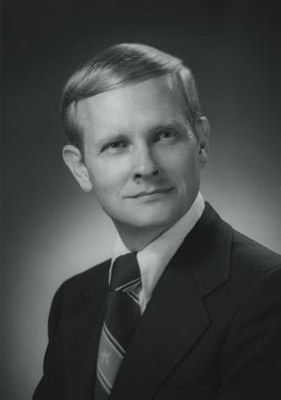
1971: Engineering Alumni Association is formed.
1971: Bachelor of Science degree is approved.
1972-1973: The School represents 14 percent of the total university body.
The School represents 14 percent of the total university body which is approximately 6,750.
The School represents 14 percent of the total university body.
1974: Olin Hall completed.

A highlight of the 1974-1975 school year was Olin's opening and dedication. Announced in 1969, the nine-story classroom and laboratory building was made possible by a $4 million gift from the F.W. Olin Foundation. Olin Hall completed with funds provided by the Olin Foundation. It houses chemical engineering, engineering science and materials science and engineering.
Olin Hall completed.
1974: Master of Engineering degree is approved.
Master of Engineering degree is approved and adopted by civil, mechanical and environmental and water resources engineering.
Master of Engineering degree is approved.
1974-1975: Research grants total $1,553,796 funding 54 faculty projects.
1977-1978: Engineering undergraduate enrollment reaches 1,040.
Engineering undergraduate enrollment reaches 1,040 with 140 graduate students enrolled.
Engineering undergraduate enrollment reaches 1,040.
1979: Paul Harrawood appointed dean, 1979-1986.

1980's
1980: Charlotte Fischer is the first woman tenured in Vanderbilt School of Engineering.
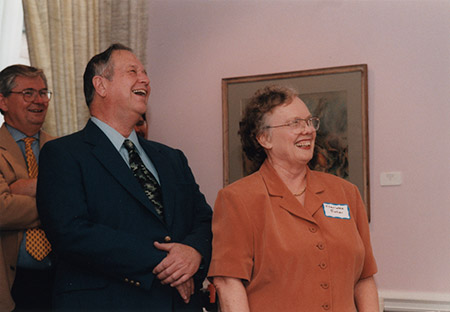
Charlotte Fischer is professor of computer science, emerita. The late Patrick Fischer served as chair of the computer science department for 15 of the 18 years he taught at the School of Engineering. They established the Patrick and Charlotte Fischer Computer Science Scholarship in the School of Engineering. The funds support undergraduate study in computer science at Vanderbilt.
1980: Out of 1,100 undergraduate engineering students, 23% are women.
1982: Mia Hardcastle is first female Engineering Founders Medalist.
Mia Hardcastle, BE'56 broke new ground as the first female Engineering Founders Medalist and first woman president of Engineering Alumni Council.
Mia Hardcastle is first female Engineering Founders Medalist.
1985-1986: Sponsored research funding for the School totals $4,360,015.
1985: Vanderbilt awarded a $5 million NASA grant.
Vanderbilt awarded a $5 million, five-year grant from NASA for research into the commercialization of space technology.
Vanderbilt awarded a $5 million NASA grant.
1986: Edward J. Parrish, Jr. appointed dean, 1986-1995.

1986: Graduate enrollment increases to 207.
Graduate enrollment increases to 207, of which 40% are foreign nationals as compared to 55% foreign nationals nationwide.
Graduate enrollment increases to 207.
1987-1988: School needs 8-10% increase to stabilize its undergraduate enrollment to 1,100.
January 1988: Biomedical engineering becomes a department.
1990's
1989-1990: Externally funded research grows to $8,666,351.
Externally funded research grows to $8,666,351. During this same period, the average research funding per tenure/tenure-track faculty member grows from 82K in 1987-88 to 106K.
Externally funded research grows to $8,666,351.
1992: The School boasts a 70-75% retention rate compared to the national engineering rate of 50%.
1995: The New Engineering Building is renamed to Jacobs Hall in honor of the late former faculty member Dillard Jacobs, '32.
1995: The School acquires several floors in building 5 of the Stevenson Science Center complex.
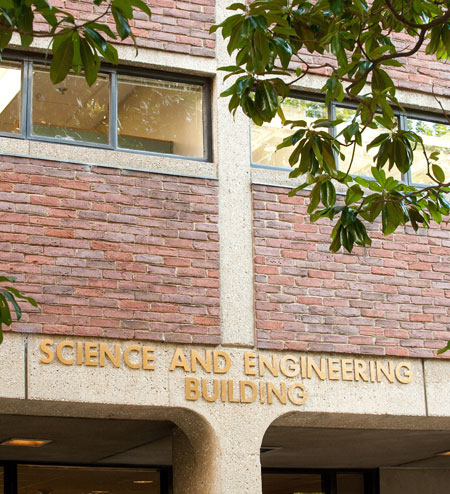
1995: David V. Kerns, Jr. appointed as acting dean.
1996: Kenneth F. Galloway named dean, 1996-2012.
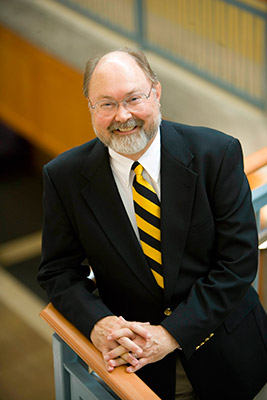
January 1998: Institute for Software Integrated Systems (ISIS) created.
Institute for Software Integrated Systems (ISIS) created. Key research areas include model-integrated computing, distributed object computing, network embedded systems, cyber-physical systems and education technology. 1999: The merger of electrical engineering, computer engineering and computer science into the Department of Electrical Engineering and Computer Science made official July 1.
Institute for Software Integrated Systems (ISIS) created
2000's
January 2000: The School becomes the leading multi-university institution for the Consortium for Risk Evaluation with Stakeholder Participation.
May 2000: Groundbreaking ceremony at Jacobs Hall.
December 2001: Vanderbilt Institute for Integrative Biosystems Research and Education created.
Vanderbilt Institute for Integrative Biosystems Research and Education created with a $5 million, five-year grant from the Vanderbilt Academic Venture Capital Fund to foster and enhance interdisciplinary research in the biophysical sciences and bioengineering. December 2001: Vanderbilt Institute of Nanoscale Science and Engineering formed and brings together faculty from the College of Arts and Sciences, the School of Engineering, and the Medical Center.
Vanderbilt Institute for Integrative Biosystems Research and Education created.
2002: New building complex, which includes Featheringill Hall and Jacobs Hall is complete.
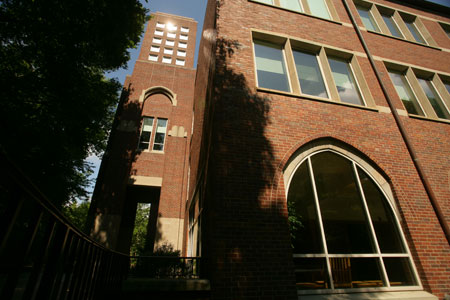
January 2003: Institute for Space and Defense Electronics (ISDE) launched.
Institute for Space and Defense Electronics (ISDE) launched with initial support from the U.S. Navy Strategic Systems Program and C.S. Draper. Currently it supports agencies such as Defense Threat Reduction Agency, Arnold Engineering Development Center, NASA Goddard Space Flight Center, NASA Marshall Space Flight Center and the Boeing/Defense Advanced Research Projects Agency.
Institute for Space and Defense Electronics (ISDE) launched.
2003: Research awards grow from about $7.5 million in 1996 to around $28 million in 2003.
2008: The School acquires facilities at 16th Avenue South.

The Institute for Software Integrated Systems (ISIS) and the Institute for Space and Defense Electronics are located here.
The School acquires facilities at 16th Avenue South.
2009: Total research expenditures $50.2 million.
2010's
2010: The Division of General Engineering is established.
The Division of General Engineering, which serves as an umbrella organization for the management of the engineering science major, engineering management minor and the first-year program is established.
The Division of General Engineering established.
2010: Annual average research expenditure per tenure/tenure-track faculty member is $682,100.
2010: Olin Hall benefits from a $1 million-plus interior renovation.
2011- 2012: The School celebrates 125 years of Insight Innovation and Impact.